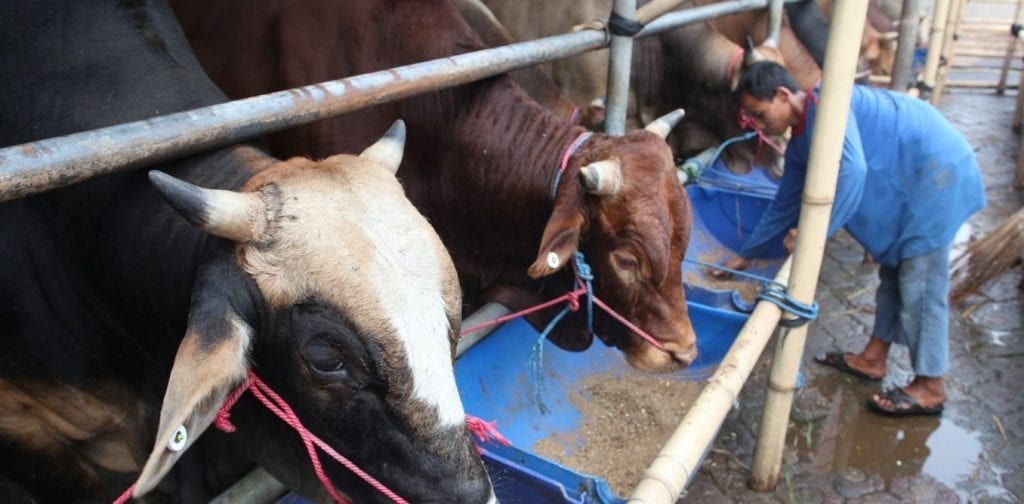
Despite a global trend of production decline, beef production in the southern hemisphere – including Australia – is on the rise, reports Rabobank in the Global Quarterly Beef Q4 2023.
However, increases in Australia and Brazil have yet to offset the production declines in Europe and the US.
The report said Australian cattle prices dropped down 28 percent since June, while New Zealand and Brazil also saw prices fall by smaller amounts.
Cattle prices in the US were steady, while Canadian prices rose three percent between June and October. The bank expects global beef production across “monitored markets” to decline by one percent year-on-year in 2023, with 2024 following a similar pattern.
The report also highlights ongoing strong consumer demand in the US, with reduced cattle and beef supplies, while in Asia, weak demand and high inventory levels are putting pressure on the market.
Moreover, the bank expects North American cattle prices to remain high while Southern Hemisphere prices remain soft.
Regarding Australia, Rabobank’s senior animal proteins analyst Angus Gidley-Baird believes that the country’s beef sector has reached the bottom of the market.
“We believe that the producer uncertainty causing prices to drop has eased and, as we head toward summer, producers will be more certain about what stock numbers they will run, returning some stability to the market.”
However, processing numbers are expected to see some change in the coming months.
“Abattoirs are believed to have been running strongly for the last seven months, to the extent possible given labor constraints,” says Gidley-Baird.
“With the holiday season approaching and some cattle still backed up in the system, it is uncertain if plants will shut down at year-end, as is normal, before adding additional shifts in the new year or if they use this period to get through some of the cattle that have built up in the system.”
Looking ahead, Rabobank expects the ongoing slow global economic recovery to limit consumers’ expenditure and likely curb their spending on beef next year, particularly in Asian countries. Consumers are being more cautious in their purchase decisions, and this trend is expected to continue into next year.

